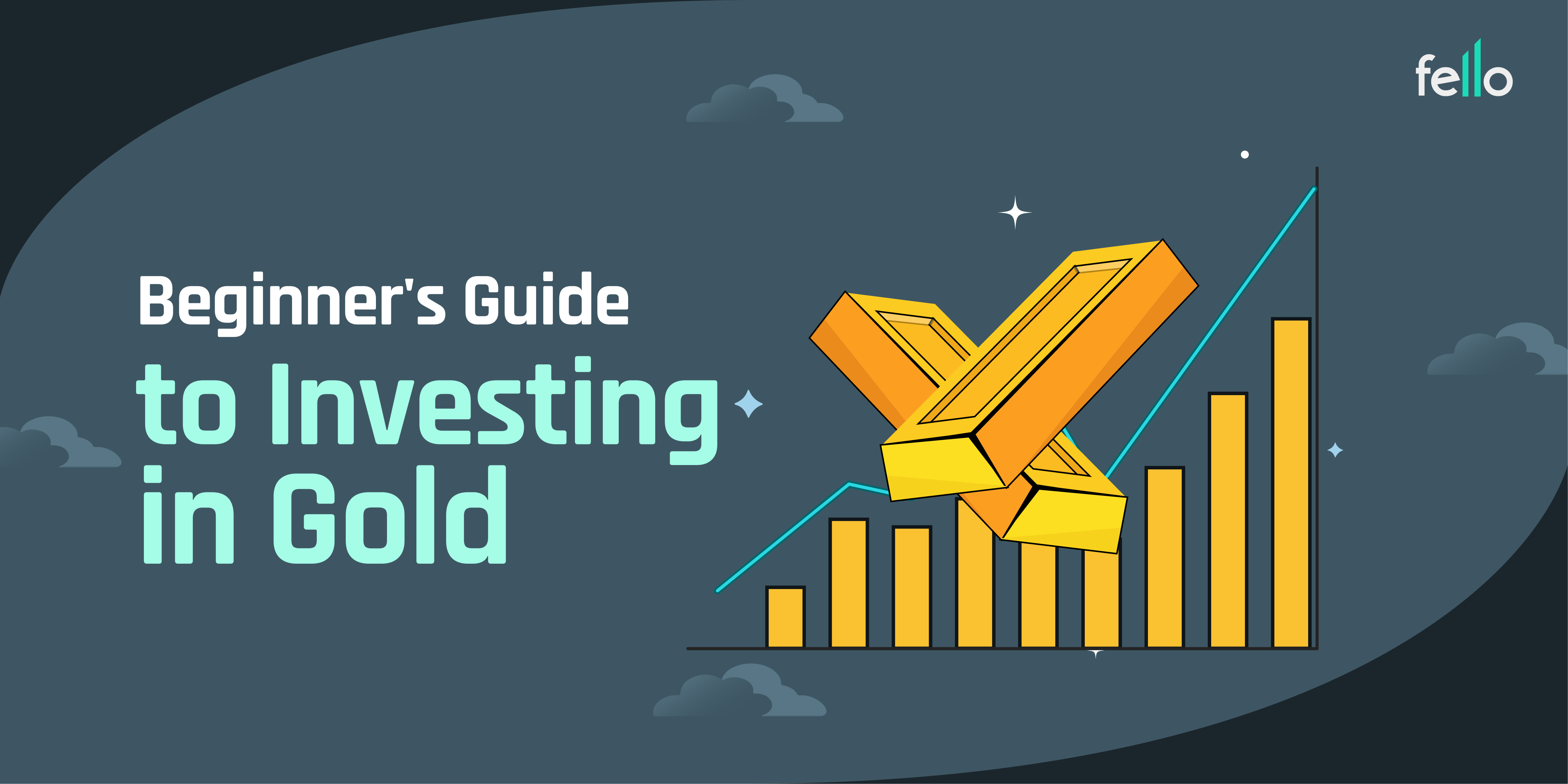Does my gold jewellery count as an investment?” That’s the question every Indian investor has asked at some point. The simple answer is: not really. Because the making charges and purity issues often eat into your returns, physical gold is better for personal use than for smart portfolio growth.
If you’re a beginner looking to invest in gold the modern way, where safety, transparency, and liquidity are key, you’ve landed in the right place. This is your comprehensive Beginners Guide to Investing in Gold that moves beyond the traditional locker gold and dives straight into the digital avenues.
Why Choose Digital Gold Investment?
The traditional way of buying physical gold (coins, bars, or jewellery) comes with unavoidable hassles:
| Traditional Gold Hassles | Digital Gold Benefits |
| Purity: Always a concern; requires hallmarking. | Assured Purity: Always 99.9% or 99.5% pure. |
| Storage: Requires a bank locker, which costs money. | Zero Storage Cost: Held in a secure demat account or by the issuer. |
| Liquidity: You have to physically go and sell it. | High Liquidity: Can be bought and sold online instantly during market hours. |
| Charges: Making charges are a dead loss. | Low Cost: Only a small expense/management fee. |
Understanding the Digital Investment Options
For a smart Beginners Guide to Investing in Gold, we focus on the four best digital instruments: Sovereign Gold Bonds (SGBs), Gold Exchange Traded Funds (ETFs), Gold Mutual Funds, and Digital Gold.
1. Sovereign Gold Bonds (SGBs)
SGBs are securities issued by the Reserve Bank of India (RBI) on behalf of the Government of India. They are basically government paper that is denominated in grams of gold (one unit = one gram).
- Investment Goal: Long-term, high-safety.
- The Big Perks:
- Fixed Interest: You get a fixed interest of 2.50% per annum (paid semi-annually) on your initial investment, over and above the gold price appreciation.
- Tax Advantage: If you hold the bond till maturity (8 years), the capital gains (profit) are fully exempt from tax! This is the biggest benefit.
- The Specifics:
- Lock-in: 8 years, but you have an exit option after 5 years on interest payment dates.
- How to Buy: Through commercial banks, post offices, SHCIL, or stock exchanges during primary issue periods announced by the RBI. You get a discount of ₹50 per gram for online subscription!
2. Gold Exchange Traded Funds (Gold ETFs)
Gold ETFs are funds that primarily invest in physical gold bullion (99.5% purity). They are traded on the stock exchange just like company shares.
- Investment Goal: Short-to-medium term, liquidity.
- The Big Perks:
- Flexibility: You can buy or sell them instantly at the market price anytime during trading hours. High liquidity!
- Low Cost: They have a very low expense ratio (annual fee), usually around 0.5% to 1.0%, making them highly cost-efficient.
- The Specifics:
- Requirement: You must have a Demat and Trading Account to invest in Gold ETFs.
- How to Buy: Log in to your broker’s trading platform, search for the ETF symbol (e.g., GOLD BEES), and place a buy order just like you would for any stock.
3. Gold Mutual Funds
These are Fund of Funds that primarily invest in Gold ETFs. They do not invest directly in physical gold.
- Investment Goal: Beginners, SIP investors.
- The Big Perks:
- No Demat Needed: You do not need a Demat account to invest.
- SIP Friendly: You can start a Systematic Investment Plan (SIP) with amounts as low as ₹100, which is perfect for beginners.
- The Specifics:
- Expense Ratio: Slightly higher than Gold ETFs because they charge a fee for managing the fund that invests in the ETF.
- How to Buy: Directly through a Mutual Fund platform or a Fund House website.
4. Digital Gold
Digital Gold is a way to buy and store actual physical gold (usually 24K, 99.9% pure) in an insured vault using online platforms, often for very small amounts.
- Investment Goal: Ultra-small investments, easy access.
- The Big Perks:
- Small Start: You can start investing with as little as ₹1 or ₹100.
- Physical Delivery :In addition to digital ownership, you also have the option to take physical delivery of the gold at a later stage. However, this process may involve making and delivery charges, so it’s important to factor those in before deciding.
- The Specifics:
- Purity: Gold is held in secure vaults by sellers like MMTC-PAMP or Augmont.
- Taxation: Currently, digital gold does not have a formal regulator like SEBI for gold investments, and the tax treatment is similar to physical gold.
- How to Buy: Directly through various financial apps, payment platforms, or jewellers’ websites.
SGB vs. Gold ETF: A Key Comparison
While Digital Gold offers ultimate flexibility, on the other hand, SGBs and Gold ETFs remain the main instruments for serious investors. Therefore, as a beginner, you need to decide whether your priority is guaranteed interest and tax-free maturity, or high liquidity and easy trading.
| Feature | Sovereign Gold Bonds (SGB) | Gold Exchange Traded Funds (ETF) |
| Issuer | RBI (Govt. of India) | Mutual Fund Houses |
| Fixed Interest | Yes (2.50% p.a. paid semi-annually) | No (Returns are only from price appreciation) |
| Tax on Capital Gain (at Maturity) | Nil (Tax-free if held for 8 years) | Taxable as per slab (since April 2023) |
| Liquidity | Low (8-year tenure, exit after 5 years) | High (Can be traded daily on exchange) |
| Demat A/C | Optional (Can hold in paper form) | Mandatory |
| Best For | Long-term investors seeking guaranteed income & tax benefits. | Active traders and investors prioritising liquidity. |
Conclusion
Gold is your portfolio’s shield against inflation and market volatility. By moving away from physical gold, you get to enjoy the full benefit of gold price appreciation without losing money on making charges or worrying about security.
The best part? You don’t need to be a gold expert. You just need to pick the right digital avenue that fits your goals. If you plan to stay invested for the long run and aim for tax-free profits, choose SGBs, they clearly win. On the other hand, if you value flexibility and liquidity, then Gold ETFs might be the smarter pick.For the absolute smallest investments, Digital Gold is your starting line.
Start small, stay consistent, and secure your financial future. This Beginner’s Guide to Investing in Gold is your first step towards becoming a smart, modern gold investor!

